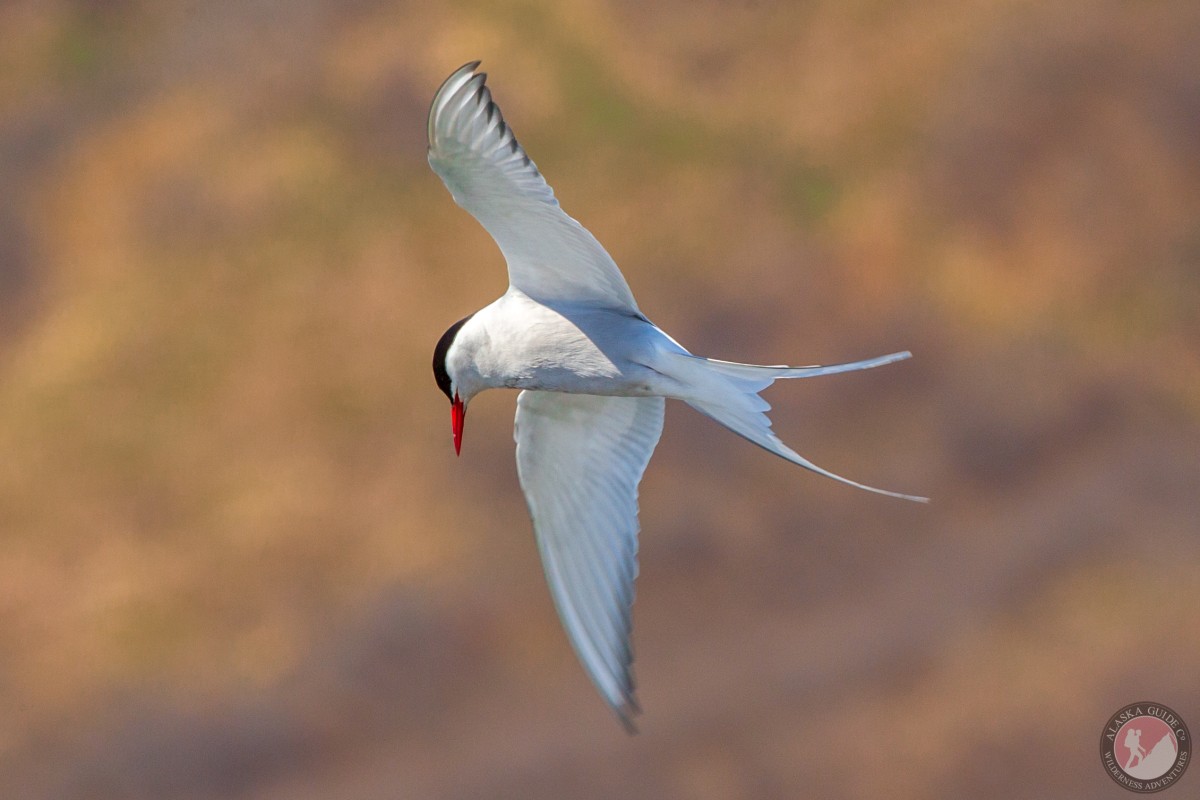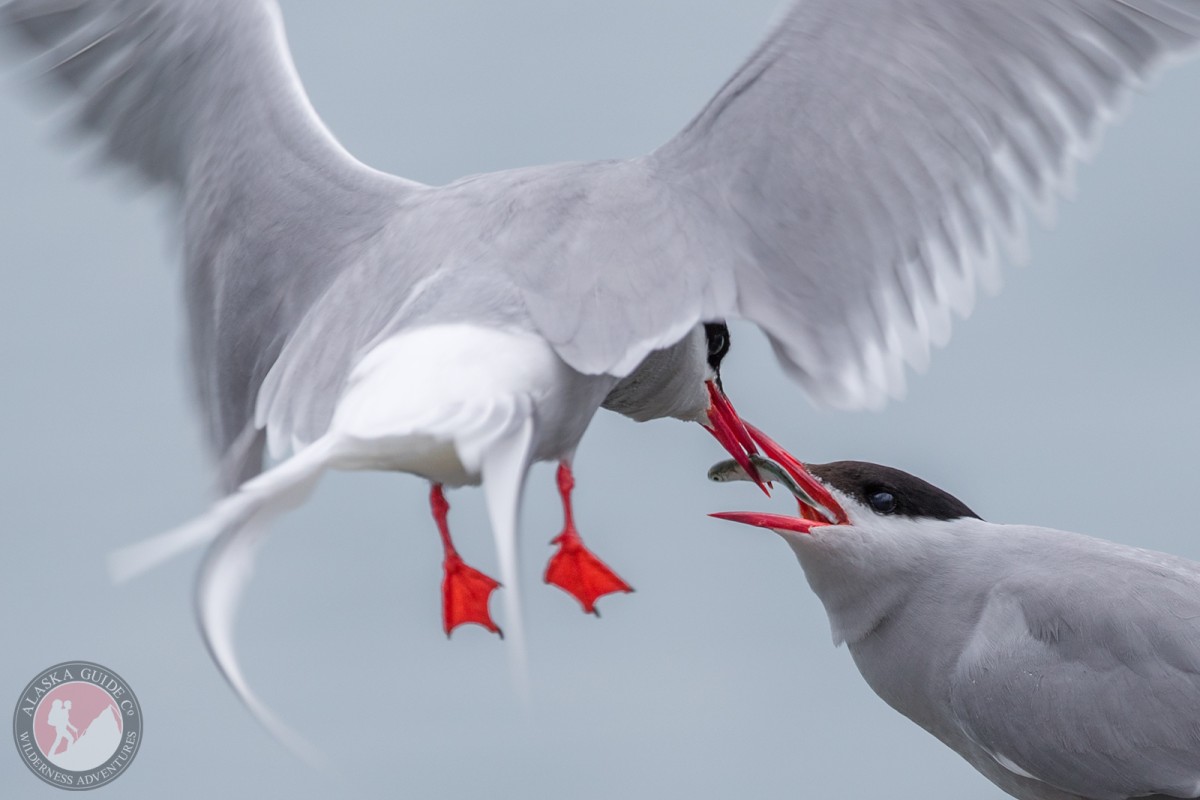Latin:
- Sterna paradisaea
Iñupiaq:
- mitqutaixaq, mitqutailxaq
Subspecies:
Viewing Scale:



